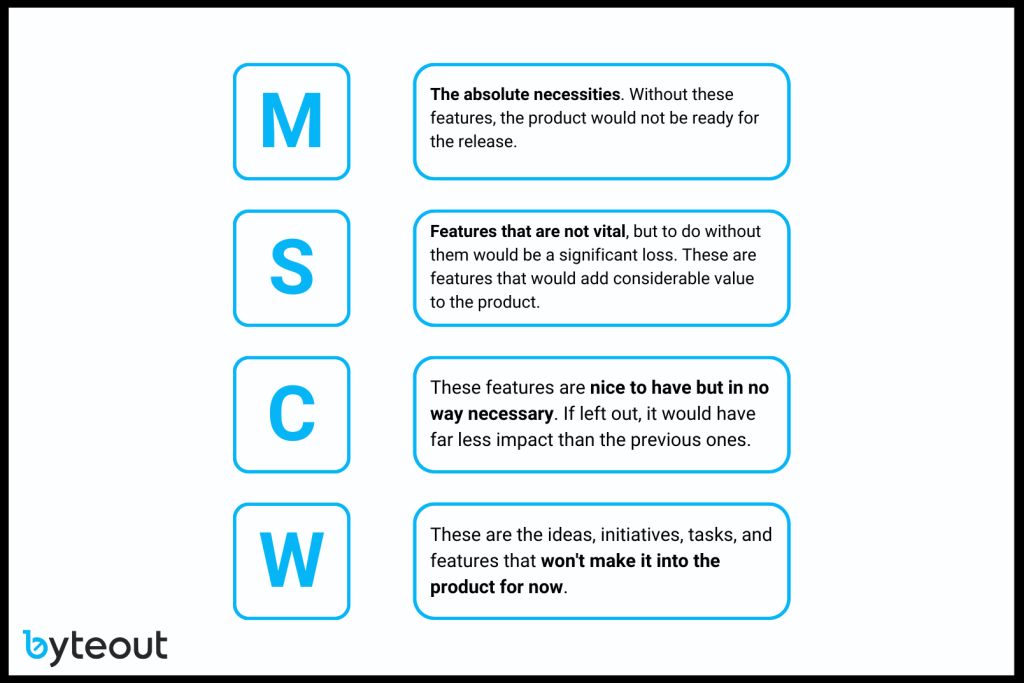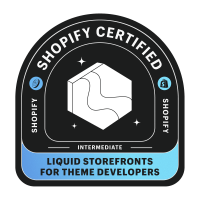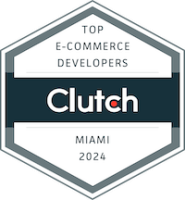
The Art of Product Discovery: Unveiling the Path to Innovation
Can skyscrapers stand without firm foundations underneath them?
No.
Neither can apps succeed without a thorough product discovery.
Years of experience showed us that careful planning and a thorough understanding of the client’s business and ideas is one of the keys to a successful digital product. That’s why we’ve developed product workshops for our clients.
What is a Product Discovery?
A discovery workshop or session is the process by which you break down an idea for a project into tangible requirements.
To find out what requirements you need, you must define the users who will be interacting with your project. To do this, a workshop should cover:
- What your product is going to be?
- Who are the users?
- How will those users interact with it?
- What frustrations will present themselves?
The Benefits of Product Discovery
By focusing on understanding and addressing customer preferences, behaviors, and pain points, product discovery ensures that the end product is aligned with the needs and desires of the target audience. Here is the list of things that will be improved after product discovery:
- Customer-Centric Approach: Product discovery puts the customer at the center of the development process. By understanding their preferences, behaviors, and pain points, businesses can create products that truly address their needs and desires.
- Minimize Risk and Cost: Investing resources in developing a product without proper validation can be risky and costly. Product discovery helps in minimizing these risks by uncovering potential issues early on and allowing teams to make informed decisions.
- Increased Success Rate: Products that undergo thorough discovery are more likely to succeed in the market. They have a better chance of gaining traction, attracting users, and delivering value.
- Faster Time-to-Market: By validating assumptions and making critical decisions early in the process, product discovery accelerates the development timeline, enabling faster time-to-market. In other words, establishing a strong foundation early on is crucial in preventing unexpected costs later down the line. It’s a great preventative measure in this way and especially important for those working with a tight budget.
- Aligns everyone on the project: Again, this benefit largely goes hand-in-hand with everything else that we’ve been covering. Following a product discovery workshop template is an excellent way to make sure that everyone is aligned on the project.
Small business owners tend to cut out discovery time and skip the workshop, but even with standard or minimum functionality, with a discovery workshop, you can unravel new frontiers and efficiently build a product.
For large and complex products, a discovery workshop is a necessity. It helps in defining and assessing the scope of work for every phase and streamlining the entire project at once. Through a discovery workshop, we dive deep, turn challenges into opportunities, and explore new avenues to tackle a problem. It is an essential aspect of an agile development process.
What are the Steps of the Workshop?
Let us walk you through the key steps of a product discovery workshop, where we dive into understanding user needs, defining project requirements, and prioritizing features to create a successful digital product.
User Persona Creation
Step one is to define our user persona types. During this process, cross-functional teams collaborate to develop fictional yet representative user profiles based on real data and research insights. Defining user persona types is typically done by age bracket, job role and personality traits. This can be everything from how technologically skilled they are through to how they commute to their roles. personas humanize the user base, providing a clear picture of their goals, motivations, pain points, and behaviors.
Defining User Needs/Frustrations
Each user type must then be mapped to needs and frustrations – what is it they need from the product? What challenges will they have?
One user, for example, may not be digitally savvy and may struggle with complex UI elements. Another may be digitally native and be accustomed to nav features such as collapsible burger menus. Only by properly defining these users can you understand their unique requirements.
Journey Mapping
Take, for example, a day in your life. If a ‘project’ is going to the gym, consider all of the tasks that go into it. It could be:
- alarm rings,
- you wake up,
- stretch,
- get out of bed,
- get dressed,
- get the gym bag,
- go to gym,
- warm-up and
- exercise.
Why are we talking about workout? It’s just a way to show the sheer extent of tasks and actions that go into each final outcome.
Feature Prioritization
The journey map isn’t the end of the process – instead, we’ll take that map and begin applying the MoSCoW prioritization method. This method is an agile standard and involves mapping the ‘Must-haves’, ‘Should-haves’, ‘Could-haves’ and ‘Won’t have (for now)’ features at launch/early in the development cycle.
Using this method is invaluable in showing you both the potential and the limitations of your project. It helps define what your product needs to be usable for your end-customers, what it should include making it intuitive and accessible and what could be included if you can budget for it.

If that’s not enough to justify a few hours of discovery, consider the cost element: without knowing exactly what your users NEED, versus what you ‘might like’, your project costs can soar into uncontrollable outer limits. With a user-focused discovery session that outputs the must-haves, a project can be more accurately budgeted for.
Who should participate?
The best thing to do is to include representatives from every specialty like Founders, UX/product designers, developers, and QA teams; In this way, everyone has a chance to weigh in from different perspectives and everyone feels more engaged with the business and product as a result.
What are the Outcomes of a Product Discovery?
A discovery workshop delivers significant value to the product development process. By understanding user needs and frustrations, the resulting customer-centric approach ensures higher customer satisfaction. Early identification of potential issues minimizes risks and reduces overall development costs.
The workshop’s outcomes lead to an increased success rate in the market, as the final product aligns with user preferences and addresses pain points effectively. Informed decision-making through feature prioritization allows for resource-efficient development and faster time-to-market, providing a competitive advantage.
Moreover, the workshop encourages creativity and innovation, uncovering unique solutions to stand out in the market. With an aligned team and stakeholders, the workshop establishes a clear project vision, minimizing scope creep and ensuring focused development efforts.
Conclusion
Though a discovery workshop or product discovery may seem like an added expense on the project’s budget, it is completely worth it. Kicking off a project with a discovery workshop ensures that the ride is smooth, it enables faster time-to-market and enhances the likelihood of market success.
By aligning all stakeholders and establishing a clear project vision, it aids in focused and efficient development. Whether you’re a small business or a larger entity, a discovery workshop is a valuable investment.

